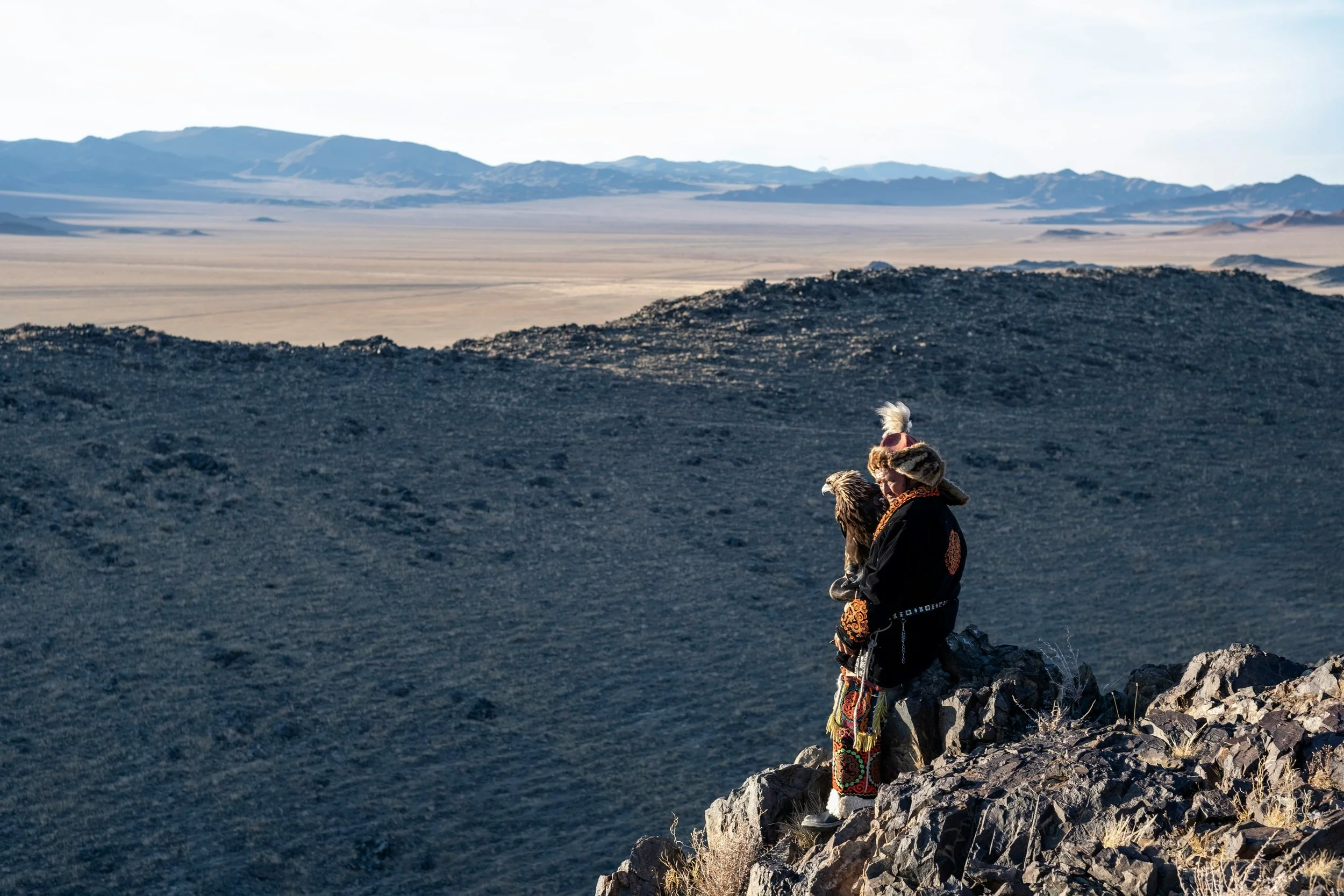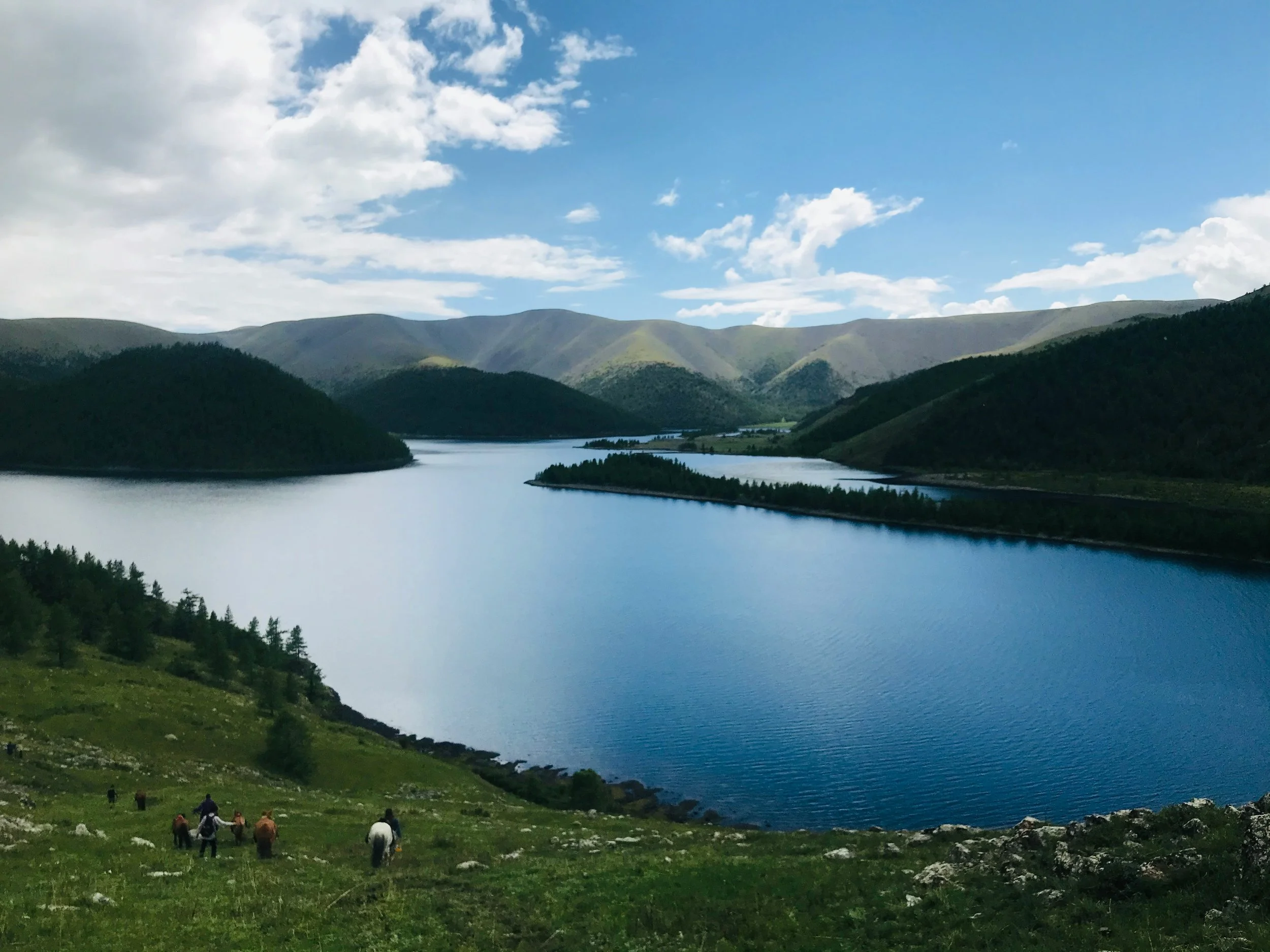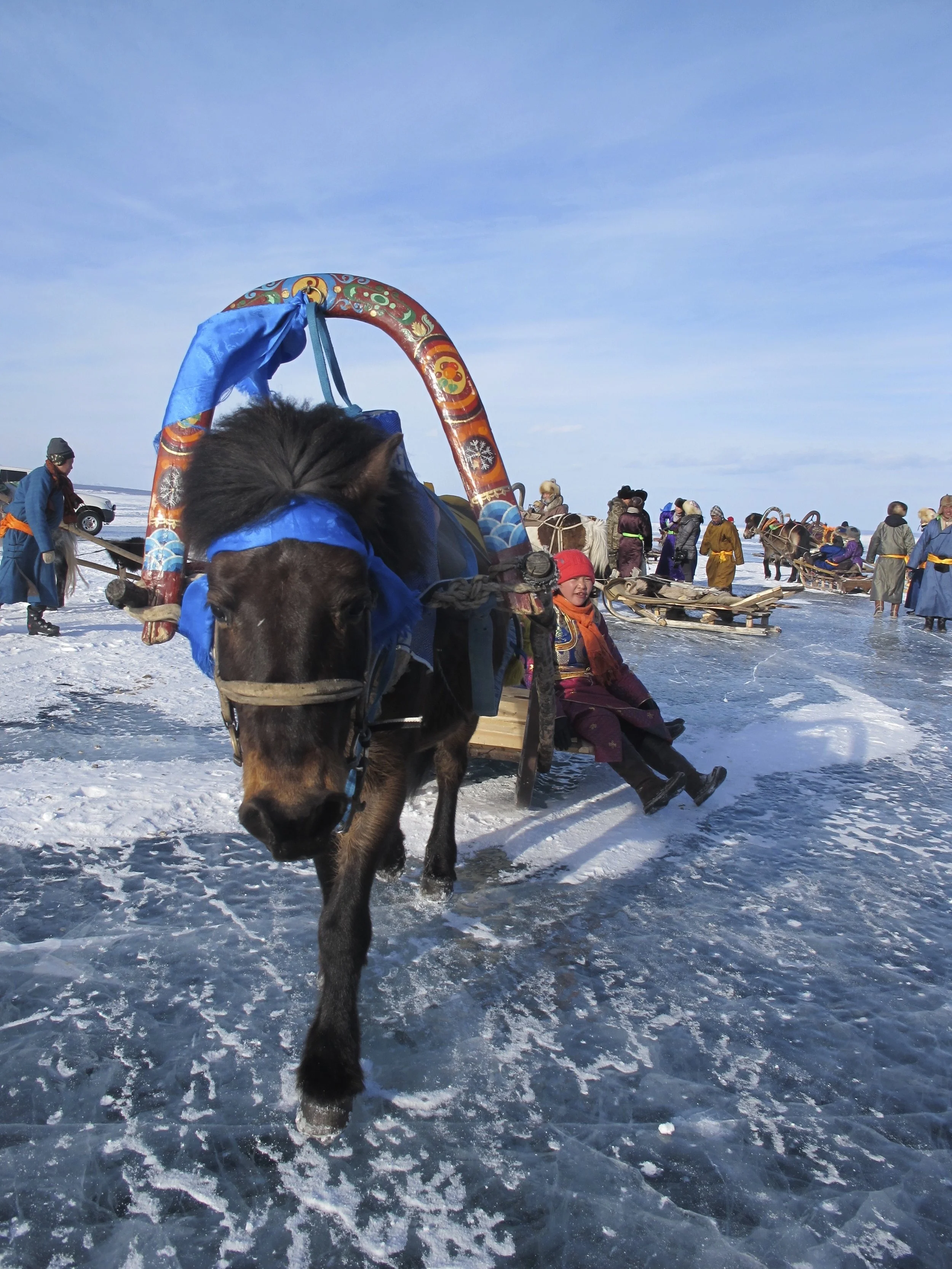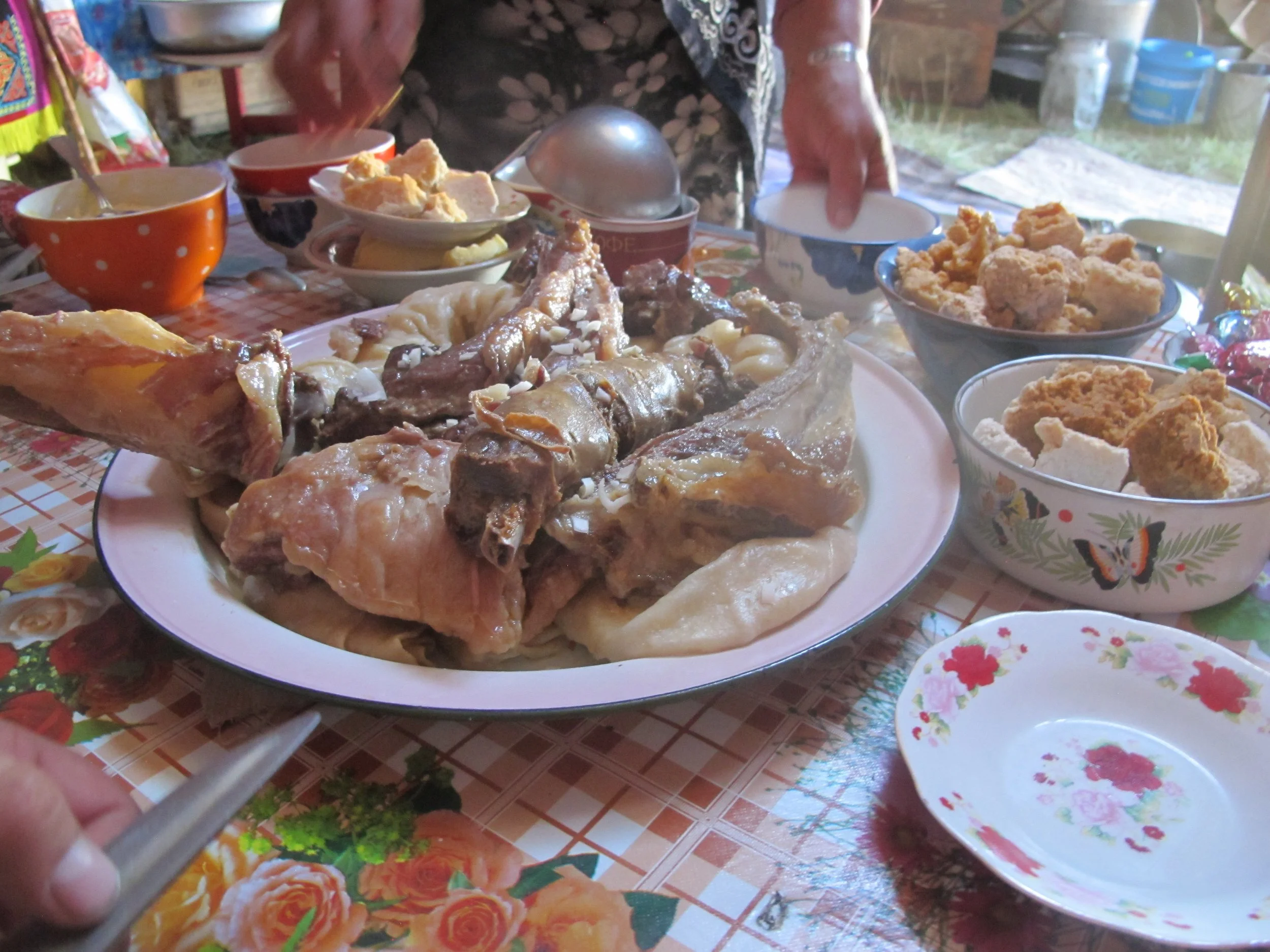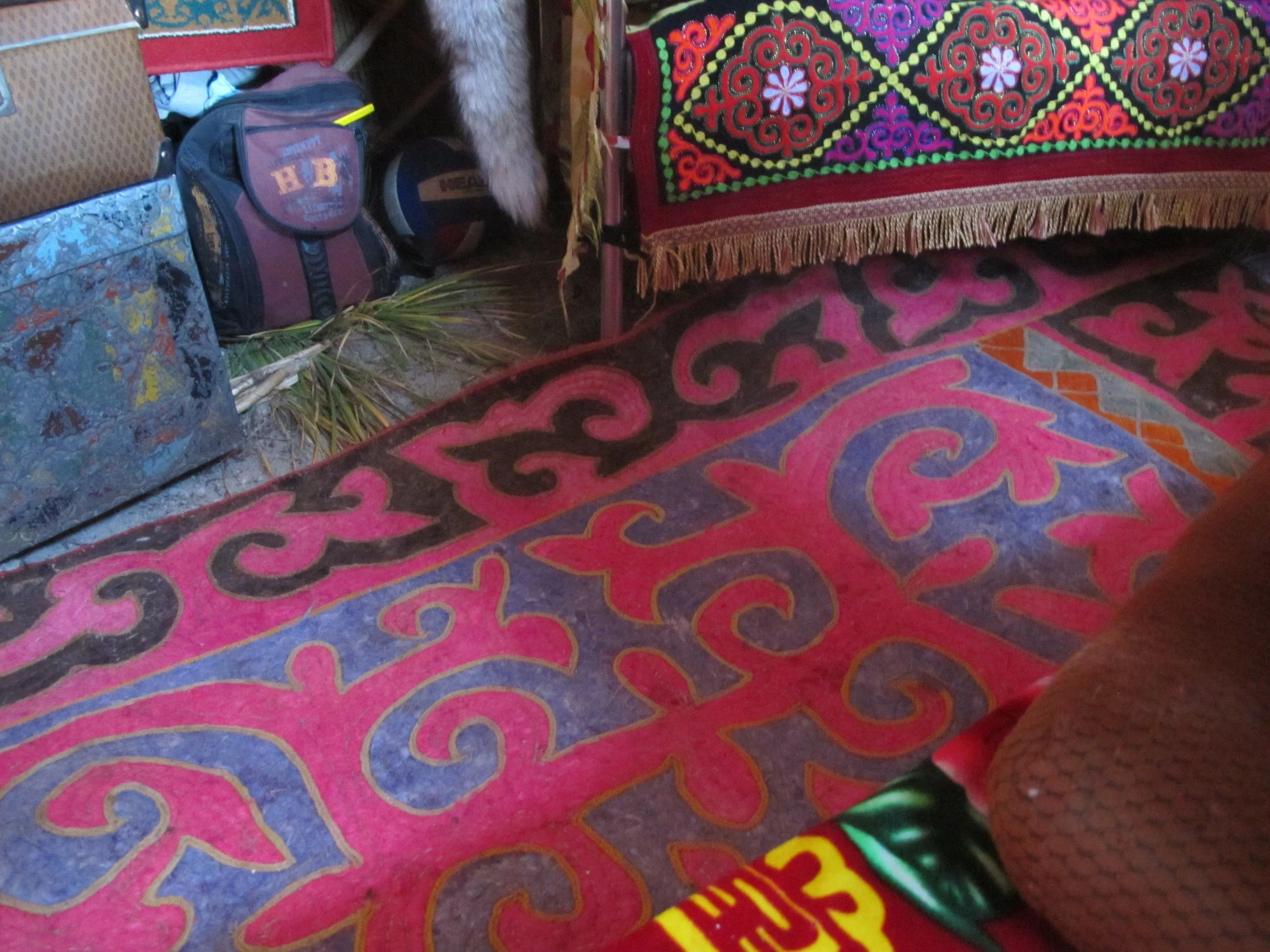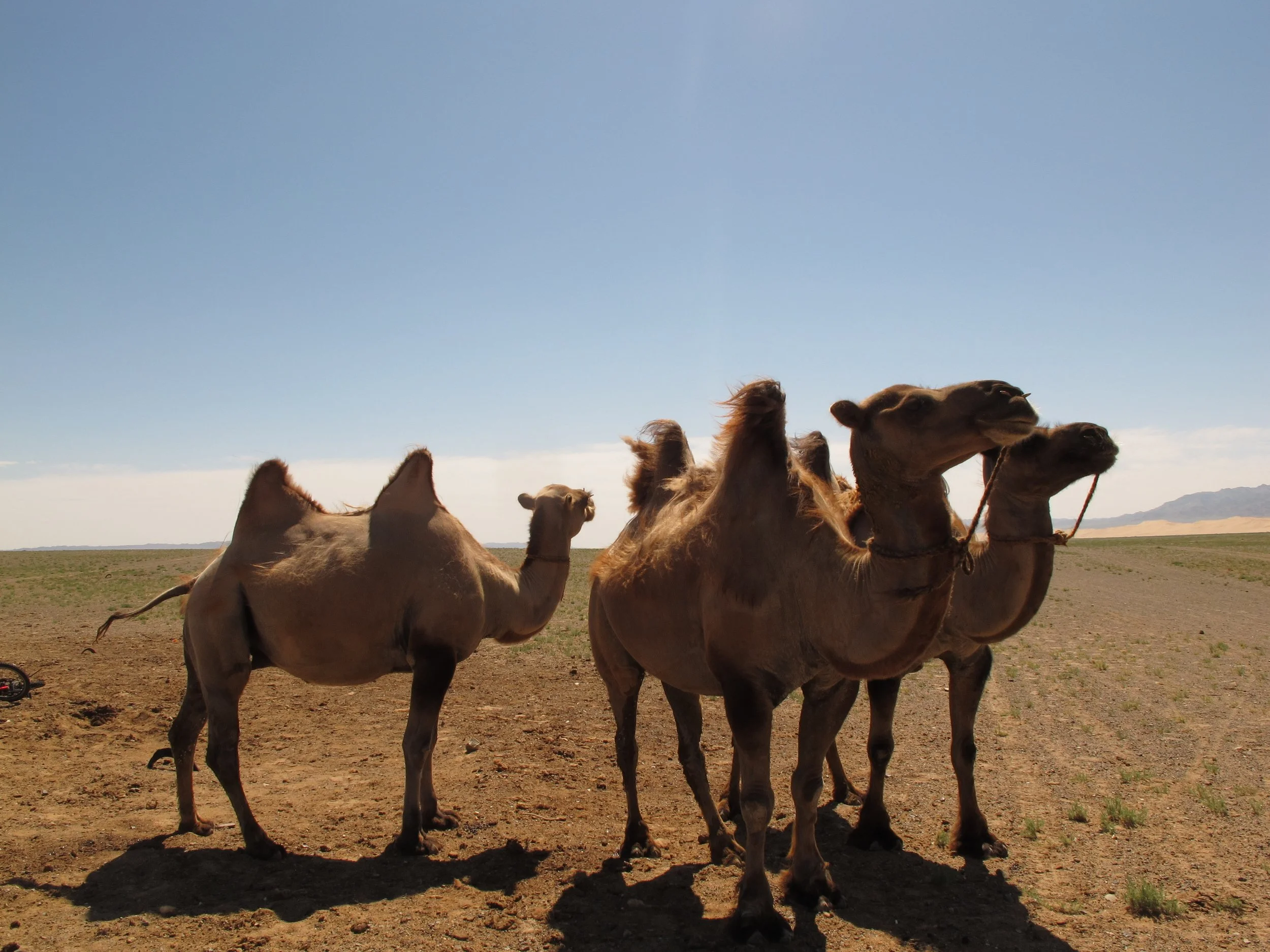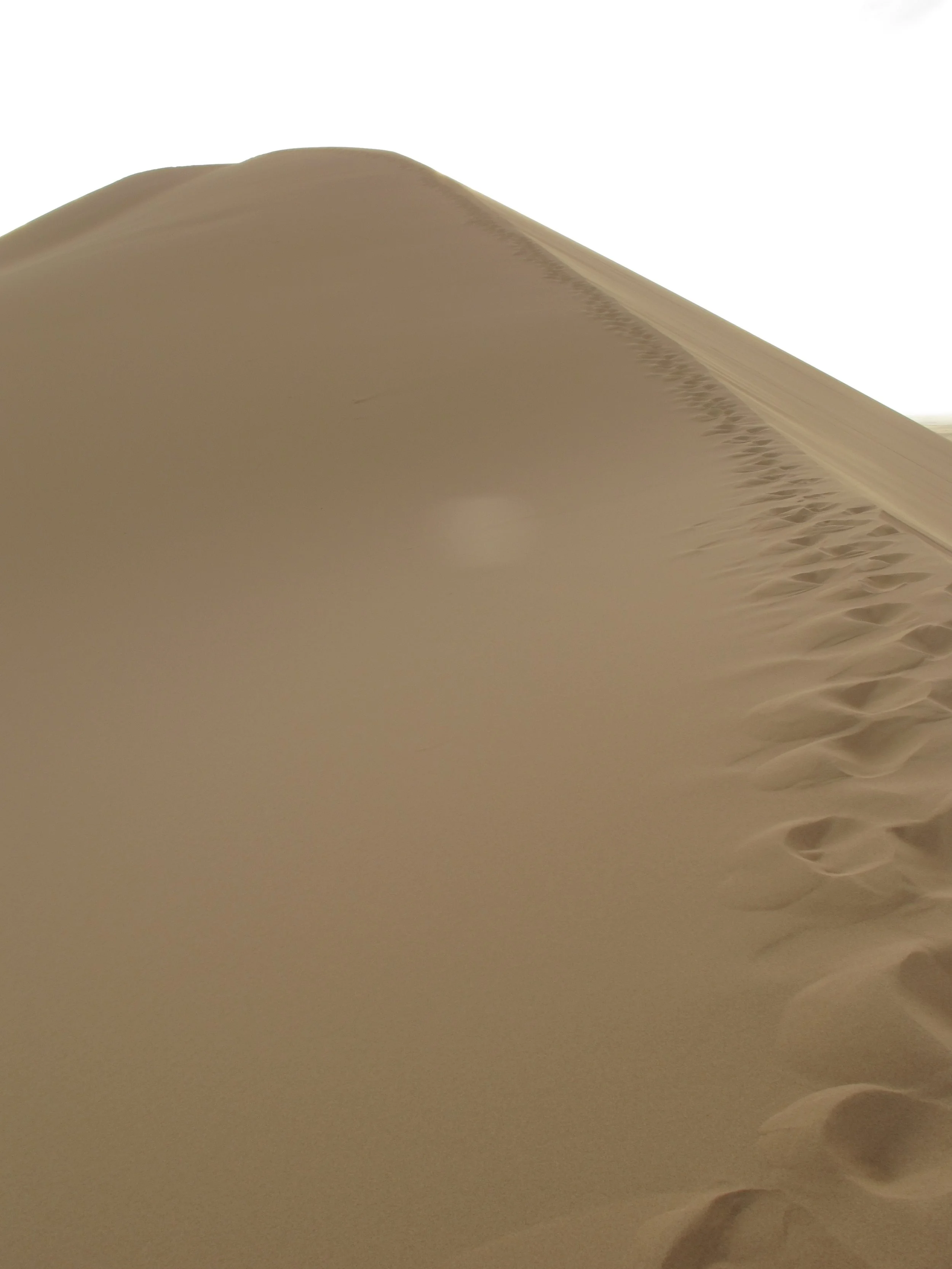Mongolia: North, West, South, Central
Why Mongolia?
One of the hands-down most fascinating places worldwide.
Mongolia’s previous empire conquered more land than any other throughout history and is home to one of the most longstanding nomadic cultures on Earth.
There is plenty to explore in this place that’s one of the least densely populated landmasses worldwide. The country has 22 provinces, and 6 diverse environmental zones that range from forest to mountain steppe to desert. Because of the variety of diverse ecosystems to behold, when you travel to the country, it’s invaluable to embark on visits to the extreme cardinal directions. North, South, West, and Central, and of course, a visit that includes the capital as it’s also a place of impact.
Here are quips of each area followed by elongated highlights and tips for each of these places.
North
The North is home to the effervescent Khovsgol Lake, which Mongolians consider and call the ocean. The province is also home to the Tsaatan reindeer herders. This tribe is an ethnic minority and clan who depend on reindeer, dwelling in the high forest areas.
South
Comprised of stark brick red everywhere the provinces of the Gobi include roaming camels, elevated sand dunes, and cliff valleys. The desert vistas are a notable mark of what makes Mongolia Mongolian.
Traveling marveling at the Flaming Cliffs, Image by Yondon Batbileg
West
The Kazakh Eagle Hunters reside peacefully in the furthest western province of Mongolia Bayan-Ulgii. Here is a culture, language, and religion different than Mongolian with the highest mountains also located in this region.
Kazakh eagle hunter with his eagle on the mountain in Bayan-Ulgii, Image by Lightscape
Central
The capital city is in the central area and nearby provinces host some of the most lush mountain and mountain steppe landscapes. This area is especially worthwhile to visit in the summertime and autumn when the young livestock scamper about, horse riding is at its best, and the foliage is breathtaking.
Ovorkhangai, Image by Enkhtsetseg Natsagdorj
My Intel
Important to note is that Mongolia’s history and still prevalent culture is vested in animal herding. They have what they call the “Five Snouts” comprised of their animal livestock. These animals’ presence and symbolisms hold gravity.
Sheep: the most ubiquitous and also the most valuable in terms of meat consumption
Goats: the most voracious eaters and have been over-grazed related to the demand for cashmere
Cattle: this includes the notorious yak, all of which are consumed in entirety in meat and dairy production
Horse: the most popularly identified with the culture and the most valuable in a singular entity
Camel: mostly exclusive to the southern desert areas, also utilized in dairy consumption mostly
I will also add the motorcycle to the roster of five snouts, its presence is now universal amongst all areas as well. It’s something of a new addendum to the OG five. Importantly, these vehicles all tell stories of the people, the land, and the culture. If you pay attention you’ll notice how etched and intertwined in so many facets of life they are.
How to Travel
If you have time, it’s worth 10 days to 2 weeks of exploring the country. This will allow for time starting in the capital city and visitations to these surrounding areas. Below are particular sites and highlights bred of each area, how to get there, where to stay, and what to know about celebrations, food, and local geography.
North: Khovsgol Lake
Khovsgol Lake
The north of Mongolia in Khovsgol Province is known as the “Blue Pearl of Mongolia” for its magnitude.
The area is nearby to the upper Russian border. The lake itself is a staggering nearly 1,000 feet deep and is surrounded by mountains and pine forests. In addition to a multitude of fish, moose, reindeer, and ibex that make their home here, there exists the reindeer who are herded and ridden by the north-dwelling Tsaatan people. The Tsaatan live in teepee homes instead of the ubiquitous Mongolian ger. Shamanism is an innate component of their lifestyle who are deeply spiritual people and live in intimate interwovenness with the taiga, mountains, and lakes of the northern area.
How to Get There?
I recommend flying to Khovsgol from Ulaanbaatar which is a much swifter and easier journey than driving which is not only a lengthy trip but also includes challenging roadside conditions. The regional flight from Ulaanbaatar to the Lake is less than an hour and a half and then requires a car to get from the airport to the Lake. The drive from the capital takes approximately 16 hours give or take depending on your vehicle. For most travelers, I suggest visiting the north in summertime.
Where to Stay? Ashihai Camp
Ashihai camp is one of the nicest accommodation tour camps in the country. With an expansive main log cabin lodge, and traditional ger stays with heated floors, the place gives a feel of authentic nomadic Mongolia. It provides a “glamping” or glamorous camping sort of situation. At Ashihai they help to arrange boating trips and horseback riding around the area and the food there is great. It’s hearty, mostly Mongolian but with Western influence as well.
Ice Festival
In contrast to the summertime when most choose to visit the lake, for the true explorers, I suggest venturing to the ice festival in March. It will blow your mind away. For those of you who want something ultimately one-of-a-kind, seek out this ice festival.
The lake freezes over meters deep, cars blast music and zoom along it, fires are ablaze, ice fishing and ice sculptures abound, and horse sleigh races with boys and men who donn fur take place. The food is unique and features fish mostly from the lake. The quirky spirituality of the northern area is represented and it feels like being in a time unknown.
The ice is cataclysmically amazing
The sleighs are primarily wooden of make
West: Bayan-Ulgii and Eagle Hunters
This man has had his eagle since she was a baby, teaching it and training it as a part of Kazakh culture
The west is where the Kazakh eagle hunters are. Everyone always asks about the eagles of Mongolia, but the eagle hunters aren’t Mongolian, they’re Kazakh. They’re Kazakh and speak Kazakh and are Muslim and live in the western province of Bayan-Ulgii primarily. Their culture is both a preservation and a proud integration of Mongolia’s geography. I suggest traveling to the west in late summertime. There’s also an annual festival in early autumn inclusive of eagles, foxes, and racing.
The west has geographically the highest mountains in the country and is great for hiking. The ger homes are a bit different than Mongolian, Kazakhs make particular weavings to line their interior walls different from the typical carpets of Mongolians.
Maybe you’ve heard of the eagle hunters of the West. There have been documentaries about the fascinating lifestyle. A lot of people venture to Mongolia with a zest for experiencing this.
If you can hire a guide to take you to an eagle hunter’s to see his prized eagle, it’s something to experience. I recommend finding a Kazakh-Mongolian-speaking and English-speaking guide either in Ulaanbaatar or in the West.
In terms of food, beshbarmak is the eats to have. It’s a gargantuan platter of meat and boiled wheat that’s to be consumed by hand. If you’re able to do a homestay visit, it’s a ceremonial and welcoming experience that gives a great taste of Kazakh culture, literally.
Beshbarmak, to the right are bowls of various hard cheeses
Traditional Kazakh weavings of the floor and walls
South: Gobi Desert & Singing Sand Dunes
Amongst tours available in the country, the Gobi is the most easily traveled to. From Ulaanbaatar, it’s a broken-up stretch that traverses numerous provinces. There are sites to be stopped at along the way. This notably includes the Ice Gorge, Flaming Cliffs, and the Singing Sand Dunes. I suggest traveling to the south in the early summertime when the weather is most accommodating.
I recommend booking with Mongol Nomads Tour Company for customized small-group and large-group tours. And Idre Tour & Hostel or Golden Gobi Tours for solo travelers or those with a shorter timeframe. Mongol Nomads serve excellent food on the road and have exceptional knowledge about the places, people, and stories. Idre Tour & Hostel, sister to Golden Gobi, runs hostels and guesthouses in the city alongside its tours. With both of these companies, the local connections and nomadic homestays along the way make you feel like long long-lost family and are the best of the best.
The Flaming Cliffs
Riding camels has a certain pace to it that brings you closer to Gobi life
The sunset from the top of the Singing Sand Dunes is something memorable
Central: Ovorkhangai & Kharakhorum
Image by Vince Gx
The central area of Mongolia, Ovorkhangai Province is where you’ll probably go last or first if you venture on a Gobi Desert tour. It’s also where you want to go in the summertime to experience horse racing, one of the famous landmarks being the flowing Orkhon Waterfall. I suggest traveling to the central area in the autumn to experience the brilliant autumn foliage and precious baby livestock. I would avoid spring as the winds give upheaval to the sand and it can be harsh weather-wise, anytime of summer is nice but it’s more touristy then.
Kharakhorum is a highlight of the central area. It was the original capital of the country and is survived by Buddhist temples and hundreds of stupas now that stand as a pilgrimage site for the 98 percent of Buddhists of the country. It was founded by Genghis Khan and was the space for political, cultural, and economic endeavors. Erdene Zuu Monastery is one of the most popular sites of the old city, translated as “Hundred Gems” and refers to the stupas that mark the site.
The temples are spiritually uplifting, hearing the many monks chanting there amongst flickering candles is a transcendental experience.
Orkhon Waterfall in central Mongolia
The stupas of Kharakhorum
*Safety tip
The weather of Mongolia is amiable in summer and autumn, but due to its high altitude, it still has cold temperatures morning and nighttime. Bring a warm jacket no matter which season you go!
Toilets in some of the remote areas are either man-made in the ground or outdoor latrines. Bring hand wipes with you! And tissues. These will be helpful.
Bottom line
Mongolia is a powerful legacy of nomadic culture. The capital city and the rural expanse in the four cardinal directions altogether show this. The activities are for the adventurous spirit from horse riding to an ice festival to eagle hunters to titanic sand dunes. The environment is generous and offers forests, deserts, mountains, and hip scenes in the city. There are horses and motorcycles to ride, camels, and reindeer as well. There is meat and dairy every which way and songs to take your breath away. There is a breadth of life for explorers in Mongolia.
For intel on recommended neighborhoods and hotels to stay at in Ulaanbaatar, check here.
For more intel on Ulaanbaatar city, check here.



